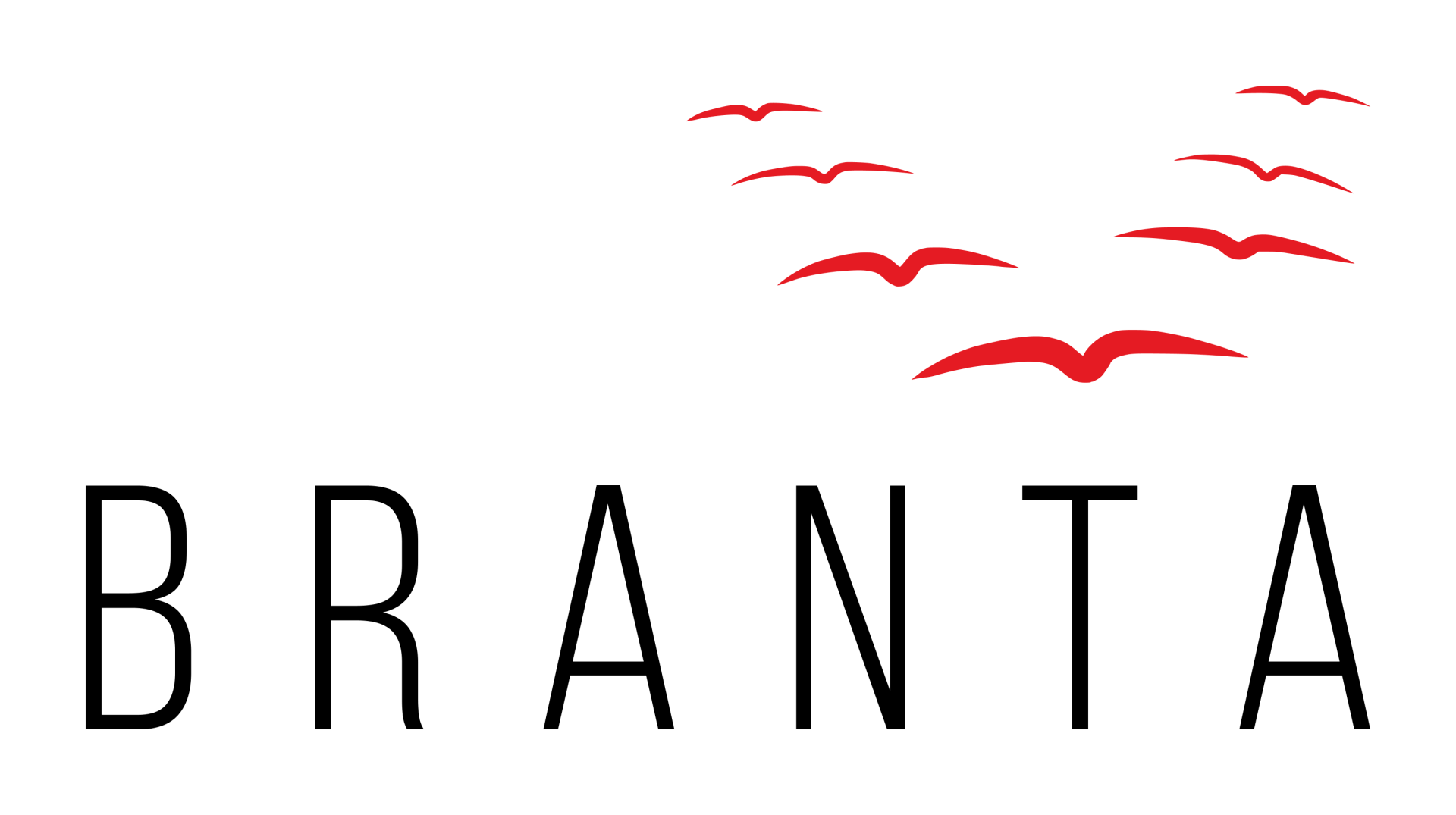Why Capital Assets Are Losing Value Faster Than You Think: Interest Rates, Inflation, and a Turning Point
Shocked at the current value of your EV? How rising interest rates and economic recalibration are reshaping the value of capital assets — and what it means for businesses and investors.

Asset depreciation continues to dominate discussions, affecting everything from real estate and business valuations to high-value consumer goods. Many asset owners are grappling with faster-than-expected declines in value. While this might feel unexpected, it’s rooted in a simple economic reality: the relationship between interest rates and asset values.
For over a decade, ultra-low interest rates drove asset prices higher. As rates climbed in recent years, markets faced a sharp correction. Now, with the Bank of England reducing its base rate by 0.25% to 4.75% on 7 November 2024, it seems we’ve reached a turning point. Rates are starting to fall but remain far above the ultra-low levels of the past. As a result, the recalibration of asset values continues.
At the heart of this adjustment lies a fundamental concept - how rising interest rates reduce the intrinsic value of assets, much like they do with bonds in financial markets. Understanding this principle is essential for business owners and investors alike to navigate today’s evolving landscape.
The Simple Truth About Interest Rates and Asset Values
- The Bond Analogy - A Universal Fact: Imagine you’re holding a bond that pays you a fixed annual return - say, 5%. If interest rates rise to 6%, your bond becomes less valuable because new bonds on the market offer a better return. To sell your bond, you’d have to discount its price to make it competitive. This relationship is not just theoretical - it’s a fundamental principle of economics. As interest rates rise, the value of fixed-income assets (like bonds) falls.
- How This Applies to Capital Assets: While your SME might not deal directly with bonds, the same principle applies to all capital assets. When borrowing costs increase, the “cost” of holding an asset rises. Buyers become more cautious, valuations adjust, and prices fall. This is why inflated asset prices—whether they’re company valuations, property values, or even vehicles—are now declining.
- A Fact of the Universe: This relationship between interest rates and asset values is an economic reality we all must acknowledge. It explains why prices that once seemed “high” are now recalibrating. As rates start to fall again, this adjustment will stabilise, but the underlying principle remains unchanged: higher rates mean lower asset values.
The Broader Impact on Capital Assets
- Real Estate: Property markets are a classic example. When rates were low, buyers could afford larger mortgages, pushing house prices higher. Now, with borrowing costs higher (even after the recent rate cut), demand is softer, and prices have begun to cool. This trend may continue until rates stabilise further.
- Business Valuations: Over the past decade, companies often attracted high valuations due to low borrowing costs and investor willingness to chase growth over profits. Today, buyers and investors are more cautious, focusing on cash flow and sustainable growth. The BoE’s recent rate cut may bring some relief, but valuations will still reflect a more conservative market outlook.
- High-Value Consumer Goods as an Example: To give a high-profile example, consider electric vehicles like the Porsche Taycan. When financing was cheap, demand surged, pushing prices up. Now, as borrowing costs rise, fewer people can afford these purchases, leading to rapid depreciation. This is just one example of how all assets (whether homes, businesses, or high-value goods) are sensitive to changes in interest rates.
Inflation, Asset Prices, and Historical Comparisons
- The Ford Focus Case Study: Let’s consider the Ford Focus to explore how inflation interacts with asset pricing. When it launched in the late 1990s, a base model cost £13,000. Adjusted for inflation, it would cost around £23,400 today, yet the current base price is closer to £26,000—roughly 10-15% higher than inflation alone explains. This trend shows how low borrowing costs allowed prices to outpace inflation. As rates rise, we’re likely to see future prices align more closely with inflation rather than overshooting it.
- Beyond Inflation Alone: Advances in technology, rising material costs, and regulatory requirements have also driven up prices. However, the key driver of inflated values has been access to cheap capital. As this era ends, asset prices are adjusting, and this will likely remain the case even as rates ease slightly.
What the Recent Rate Cut Means for Capital Asset Owners
- Rates Have Likely Peaked: The Bank of England’s recent 0.25% rate cut suggests we may be entering a stabilisation phase. While additional small reductions could follow, we are unlikely to return to the near-zero rates of the past decade. Instead, we’re entering a period where rates will likely settle at a higher baseline, keeping asset prices more aligned with economic fundamentals.
- Implications for Asset Owners: This means capital assets (whether a property, a business, or a high-value purchase) are unlikely to see rapid price increases in the near term. Instead, their value will reflect more sustainable, long-term fundamentals. For businesses, this means adjusting growth and valuation expectations to align with a market that rewards profitability over ambition.
How Business Owners and Investors Can Navigate This New Landscape
- Refinancing Opportunities: With rates starting to decline, now is the time for business owners to reassess their financing strategies. Consider whether it’s worth refinancing existing debt at lower rates or securing more favourable terms to reduce future costs. Taking proactive steps now can help businesses optimise cash flow and position themselves for long-term financial stability as the rate environment evolves.
- Valuations Must Reflect New Realities: For business owners planning an exit or a capital raise, it’s critical to recalibrate valuation strategies. Buyers and investors are scrutinising profitability and cash flow more than ever, so grounding your valuation in economic fundamentals will attract serious interest.
- Opportunities in a Recalibrating Market: Lower prices don’t just signal challenges; they also create opportunities for long-term investors. Whether you’re considering buying property, acquiring a competitor, or investing in undervalued assets, this period of recalibration offers entry points for those willing to take a patient approach.
Conclusion
The recent reduction in the Bank of England base rate marks a significant moment, suggesting that rates may have peaked and begun to fall. However, the adjustment of inflated asset prices to more sustainable levels remains ongoing. For asset owners, business leaders, and investors, this environment demands careful planning, realistic expectations, and a long-term perspective.
The fundamental relationship between interest rates and asset values (illustrated by the simple bond analogy) reminds us why today’s market recalibration is happening. It’s a fact of the economic universe: as rates rise, asset values fall. Now that rates are beginning to ease, opportunities will emerge for those prepared to act wisely in this evolving market.
Whether you’re preparing for a business sale, managing property investments, or considering strategic acquisitions, understanding this principle will help you make informed, confident decisions in this new financial landscape.
Self-Test Questions
- How has the recent interest rate cut impacted the value of your assets or investments?
- Are your business growth and valuation expectations grounded in today’s stabilising rate environment?
- Have you reviewed your financing strategy to take advantage of falling interest rates while locking in favourable terms?
- Are you positioned to identify undervalued assets that might offer long-term opportunities in this recalibrated market?
Need help navigating the shifting landscape of asset valuations? Whether you’re planning a business sale, seeking investment opportunities, or rethinking your financing strategy, our team at Branta is here to guide you. Get in touch today for tailored advice and actionable insights that align with your goals.




